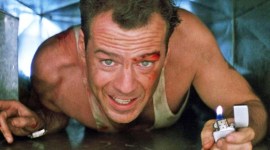
Are Marvel Movies Finally On The Way Out?
Criticisms and less-than-stellar box office returns might mean a blockbuster change is coming. Could this be the end of the Marvel Era?
Way back in the simpler, more easy-going times of 2019, a little film called Avengers: Endgame hit theaters to record-breaking international fanfare. For many, it was the summation of the greatest blockbuster film series of all time. And even for others who had tried to avoid superhero movies altogether (like this author himself), it appeared that Marvel might actually be the future of film.
However, as Marvel Phase Three ended—and the world turned in seismic ways—we’re now deep within Marvel Phase Four, and things aren’t looking quite as bright and unstoppable as they were before.
On the heels of Thor: Love and Thunder’s mixed reviews and slightly-below expected box office returns, there is rumbling within the film community that Phase Four is uneven at best and suffering from an “aimless nature” as Forbes critic Paul Tassi puts it.
But what do these criticisms actually mean for this vaunted franchise? And how do we reconcile these returns against our age-old Marvel vs. A24 debate (or our pointed follow-up discussion)? Let’s explore how Marvel got to this point and why filmmakers interested in the future of cinema should be careful to watch what they decide to do next.
The Best of Phase 4
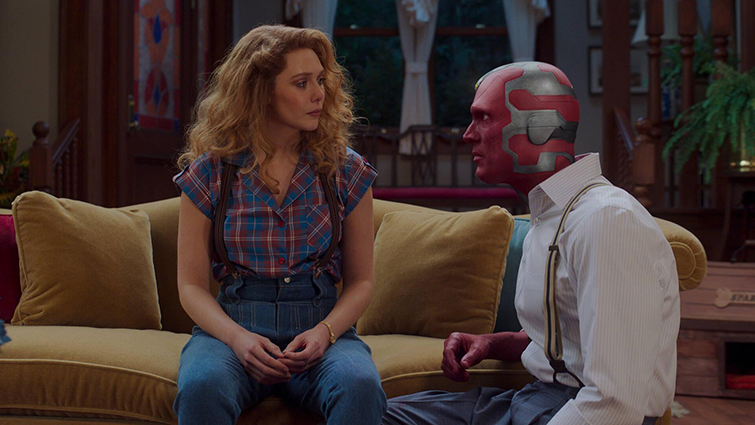
Before we dive into a few of the recent less-than-stellar Marvel projects, we should at least highlight the best films and shows from Marvel’s Phase Four first to see if we can begin to recognize any themes here.
WandaVision (January 2021)
Starting with a bang, Marvel’s first series kicked off Phase Four with considerable critical success. However, as will be a recurrent issue throughout, judging if WandaVision was indeed a commercial success or not will be hard to quantify as it premiered on and was used to push subscribers to Disney+.
Yet, to most audiences, WandaVision was a shining success as it was a perfect story and presentation of this new series style, allowing for much experimentation and self-contained, genre-bending storytelling. (And if you liked it too, you should read up on how it was made here.)
Loki (June 2021)
Following up on the success of WandaVision, Marvel had another big streaming hit on their hands when they released Loki six months later. Similar to WandaVision, Loki attempted to break away from the Marvel mainstay into its self-contained narrative, which only runs across the rest of the universe in a minor way.
Loki was similarly well-received by critics and (by all best estimates) brought in quite an audience to Disney+. The platform relied on Marvel’s programming to keep all of its WandaVision subscribers still interested in their monthly plans.
If you liked Loki in particular (or WandaVision, for that matter), we have a great article exploring how to recreate many of the looks and effects from the show here.
Spider-Man: No Way Home (December 2021)
However, if there’s one big win from this Marvel Phase Four, it’s the resounding return-to-the-movies box office success of Spider-Man: No Way Home. While you could argue that this latest spider-man film might have saved (or killed) cinema depending on how you look at it, it’s undeniable how well-received it was as it has grossed almost $2 billion from box office returns.
However, despite its lofty goals, No Way Home almost feels like a spin-off series of its own with its self-contained Spider-verse narrative (and convenient resetting ending plot point). Its high numbers also made other standout “successful” films from Phrase Four—like Doctor Strange and the Multiverse of Madness and Shang-Chi and the Legend of the Ten Rings—appear lesser in retrospect.
The Worst of Phase 4
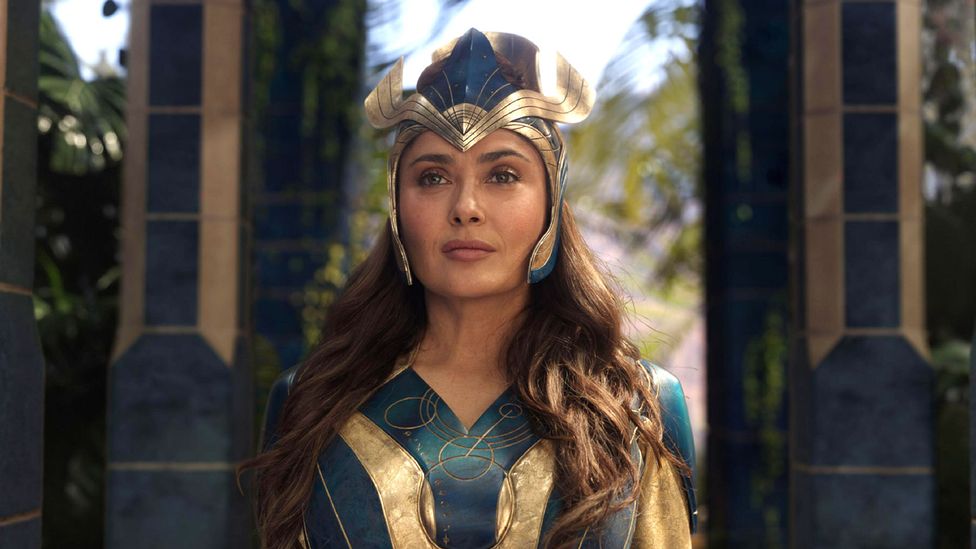
On the other end of the spectrum, we have these (objectively, mind you) “bad” films and shows from Phase Four to explore. While some of these certainly did well with critics, at the very least, their faults were poor box office returns, and at their very most, they were simply forgettable.
Eternals (November 2021)
Sadly, as many critics found some great filmmaking virtues in Eternals, with only a $400 million return at the box office, it could be considered a flop against its $200 million budget (and reported huge marketing costs).
Even with an incredibly gifted director and immensely talented cast, Eternals critics were quick to point out that its biggest shortcomings are indicative of the state of superhero movies today: they’re too long, too CGI heavy, and often too overly-produced.
It’s also indicative of Marvel’s strong-arming of genuine creative talent. Oscar-winning Chloe Zhao has been on the record regarding the challenges of working with the studio compared to running a smaller indie film set.
Hawkeye (November 2021)
While Marvel’s foray into mini-series streaming might have found hits in WandaVision and Loki, it also found less-than-stellar returns with shows like Hawkeye (and to a similar extent, Moon Knight and Falcon and the Winter Soldier also failed to ignite the same glowing responses as well).
Still, Hawkeye is easy to point to as perhaps the most directionless of the Marvel streaming projects as—despite its above-average critical reviews—it sits in limbo with no clear sign of a second season or real plan behind its development.
This leads us to the overall question regarding this Phase Four and the future of Marvel.
Thor: Love and Thunder (July 2022)
But first, perhaps the saddest results of Marvel Phase Four for many fans are the mixed reviews and performance of Taika Waititi’s Thor: Love and Thunder. Thor: Ragnarok was quickly one of the standout films of Phase Three and was perhaps the best example of how the criticism of superhero films being boring and self-indulgent could be counteracted with humor and heart.
However, as many fans and critics have pointed out, Love and Thunder don’t quite hit the same notes with sincerity, which leaves (even a solid effort) feeling a bit condescending and inauthentic.
The Aimless Future of Marvel
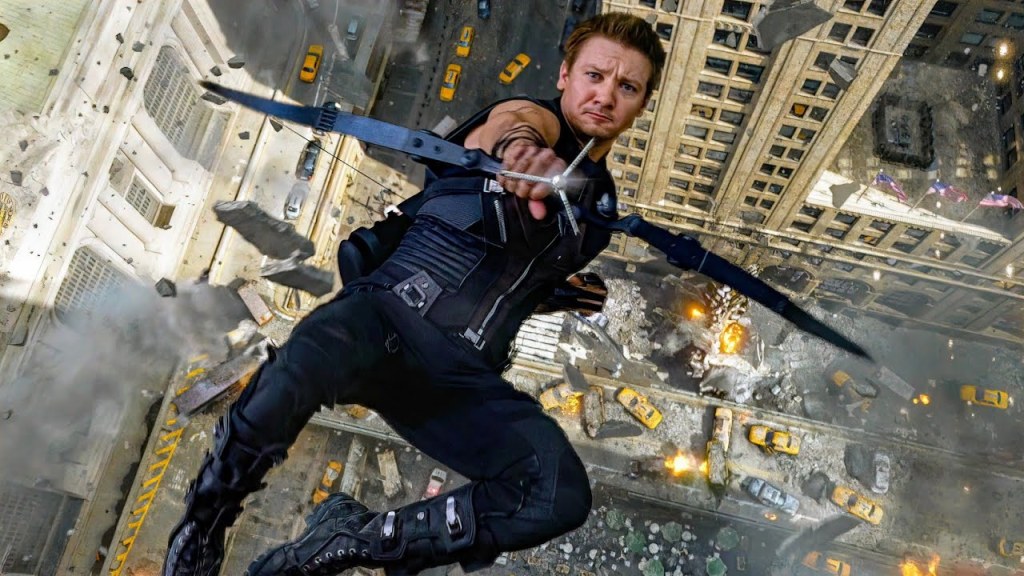
Still, it’d be easy to break down the future of Marvel directly into two avenues: big-budget blockbuster movies and big-budget prestige television series. However, as outlined above, both films and shows from Phase Four have been a combination of hits and misses.
This also makes it harder to forecast how Marvel might adjust for the rest of Phase Four and deeper into the future. Undoubtedly with some lesser returns and more criticism coming their way, the execs at Disney will perhaps reconsider some of the direction for Marvel’s future.
And what they decide is essential not just for comic book fans and moviegoers but also for aspiring filmmakers, as the ripple effects of Marvel’s future will undoubtedly be felt throughout the film industry.
Film Twitter Vs. Marvel
Now, it would be silly to suggest that Marvel and Disney don’t have the money to produce films properly. That’s ludicrous. However, with their output being at max (eight projects for 2022) and deadlines being set years in advance, have we seen Marvel shift into the quantity vs. quality spectrum? For example, Phase 1 had 12.4 hours of content. Phase 4, so far, has had 49.5 hours of content.
With that, have things been getting sloppy? Film Twitter seems to think so.
Let me start with a disclaimer: I am not a union rigging electrical lighting technician nor a professional cinematographer. But I am a massive fan of this Twitter discussion because, like many, I’m fascinated by how films are shot and look — and why pointing out certain inconsistencies can be quite upsetting to Marvel stans.
In what is not a new conversation online, a recent Twitter thread has been going viral for one user’s hot take on the lighting shortcomings and inconsistencies of the latest Marvel film. Taking examples from Spider-Man: No Way Home, working DP Devan Scott takes the film apart shot-by-shot for what he calls “problems with the film’s internal logic.”
But what are these issues really? And what should we, also aspiring cinematographers, filmmakers, and colorists alike, actually take away from this conversation?
One reason I love this conversation because it’s been going on for some time. Twitter user Devan Scott is not the first (and will probably not be the last) fan to point out inconsistencies or perceived problems in multi-million dollar blockbuster Marvel films.
Take this video essay from YouTuber Patrick (H) Willems, which came out back in 2016. The essay focuses on how Marvel films up to that point had been shot (mostly on digital) and the color grading techniques used, which created a look that felt “flat and dull.”
However, while some valid points were made within the video, it was also widely refuted by industry professionals, and Charles Haine of NoFilmSchool wrote an excellent piece titled ‘The ‘Why Do Marvel’s Movies Look Kind of Ugly?’ Video is Flat Wrong—Here’s Why’. In it, Charles says the following about the airport scene used as the thumbnail of the video.
Secondly, Willems misunderstands the power of color grading within the overall image creation chain. For instance, when discussing the still above, the video makers says “it just looks like mushy concrete.” Which, well, it is. Concrete. It’s an airport. A silver one. The production designer, director, and location scout had as much to do with that image looking the way it does as the colorist. Even if it was a CGI scene, the VFX artist choosing a dull white airport versus a vibrant airport (Denver, against the mountains, or Incheon with its glass reflecting a beautiful blue sky) is as much a part of the image creation as the grade is. There’s not a lot of color there to pop, which is why it isn’t surprising that later in the video, when doing “test scenes” to show your proposed grade, you don’t use this scene. Because popping the saturation and crunching the blacks here won’t make nearly the dramatic transition it does to most shots. Color is an image isn’t just up to the colorist, it’s a complex result of decisions made all the way back to the script stage (choosing to write the scene at an airport, say, and not in the middle of a paint factory).
Charles Haine
However, going forward, we can see that Marvel films have indeed become more vibrant and colorful over the years. Was this a direct result of the video above? I would wager not, but I think it would be fair to say that initially, the MCU did not mimic the colors found in their comic counterparts.
Yet, here we are in 2022, and another controversy about the filmmaking behind Marvel films has caused a social stir, and you know, this time, I see it.
Student Film Lighting
Now, we can finally move on to the criticism most recently leveled against Marvel on Twitter. And I will also caveat this argument because while I believe this is worth discussing in terms of lighting, cinematography, and composition, the reason stated might be more polarizing.
As you can see in the post above, the user attributes the lighting deficiencies in the latest Marvel Spider-Man film directly to inflation — as the film with a $200 million production budget is suffering due to a discrepancy between what money is worth in regards to the production.
We’ll let Twitter sort out if that’s the reason or not for the discussion, but from a Twitter thread focused on composition and lighting motivation, we can focus on the points being made.
I think it’s essential to at least assess the criticisms levied by Devan Scott, as to a degree, they’re shared by myself. Ultimately, when I look at this still, it looks like something that you would see from an SNL sketch where they have a week to put together a short skit. One of the core factors of this is the lighting. It’s so blatantly obvious the character is against a greenscreen.

We know that this is likely around midday because the shadows from the fire hydrant, the bin, and Flash himself are sharp and short (indicating hard light produced from midday-to-afternoon sunlight). Likewise, from the proceeding shot of Spider-Man and MJ swinging down from the skyline, we also know that Flash is not near the bridge in the background.
Yet the overall luminance values of the character look as if he is in the shade, and not walking briskly under the summer sun. There’s no ambient fall-off from the brightly lit concrete, and there’s not even any sunlight hitting the outer edges or top areas of Flash’s body.
Take this shot from Stranger Things Season 2. Nancy is relatively flat because she is walking in the shade of the building.
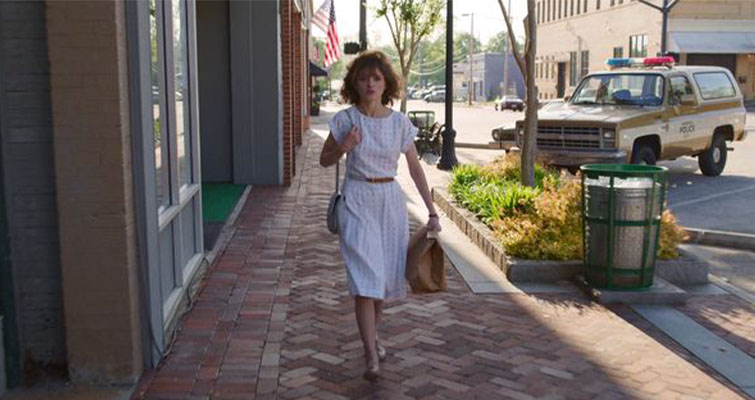
And in this shot from Ford v Ferrari, Ken Miles is standing in the midday sun, in similar directionality to Flash.
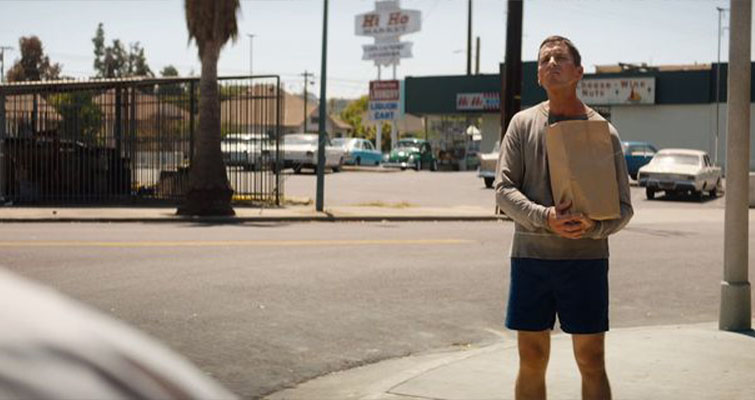
There is a stark difference between the two shots, and Flash, by all accounts, should look more like the still from Ford v Ferrari.
“It’s Absolutely Not That Big of A Deal”
Along the same lines, the Twitter thread goes further into detail, examining more shots from No Way Home and discussing the composition. (Also, if you’re now confused and want a basic definition, this is what filmmakers mean when they talk about composition.) Or, in this Twitter user’s estimation, the lack of composition.
And the reactions, well, they haven’t been very nice. You just need to simply run through the quote tweets to see hundreds of comments like:
“Why are we complaining lol just let people enjoy the movie. You don’t have to criticize everything that’s popular just because you can.”
“Not everything has to be criticized, it’s a superhero film.”
And I think these replies also highlight a possible reason as to why we’ve been seeing a dip in Marvel quality. If the viewers don’t care about cinematic standards, what’s the point in spending money to uphold them?
What Filmmakers and Fans Should Expect Next

Will Marvel pump the brakes and cut budgets and produce fewer films overall, which could open up theaters to house other films besides the biggest budget superhero ventures? Or will Marvel double down and try to take up more space on the marquee?
While we might be in a wait-and-see mindset until the rest of Phase Four is released, it never hurts to begin idealizing your own fantastical adventures and working on your next projects anyway.
Just keep in mind, while Endgame might have been the biggest and brightest example of peak cinema, you should never limit yourself to what’s currently the biggest name at the box office — because you never know how quickly those marquees might change.
For more filmmaking advice, tips and tricks, check out these additional articles.



